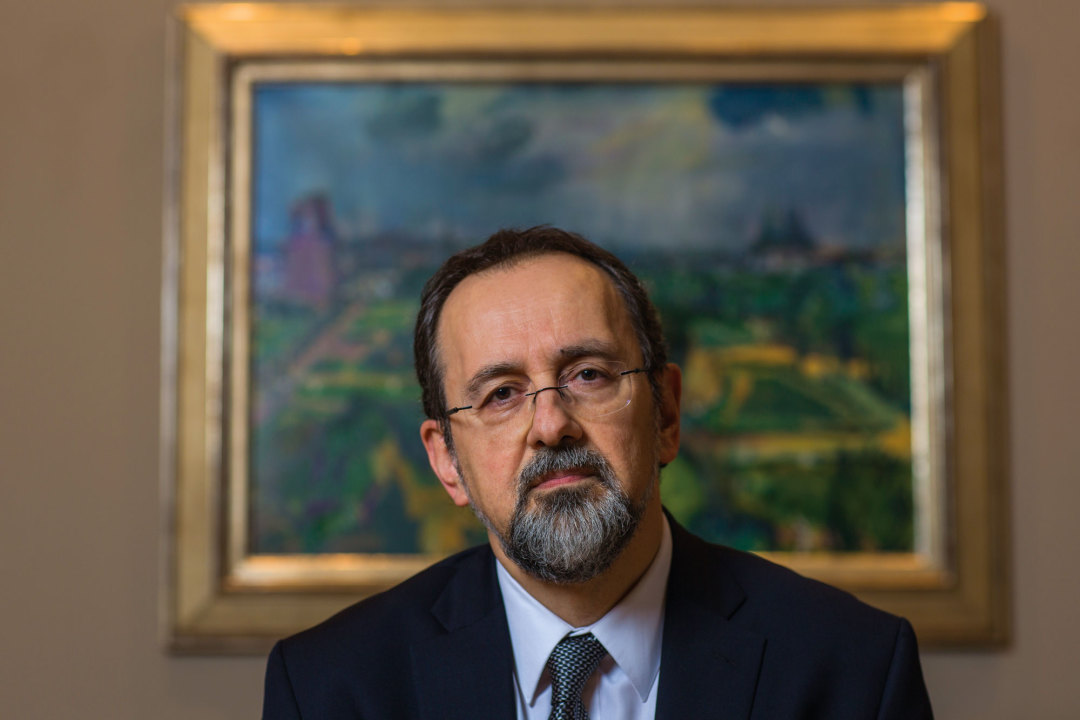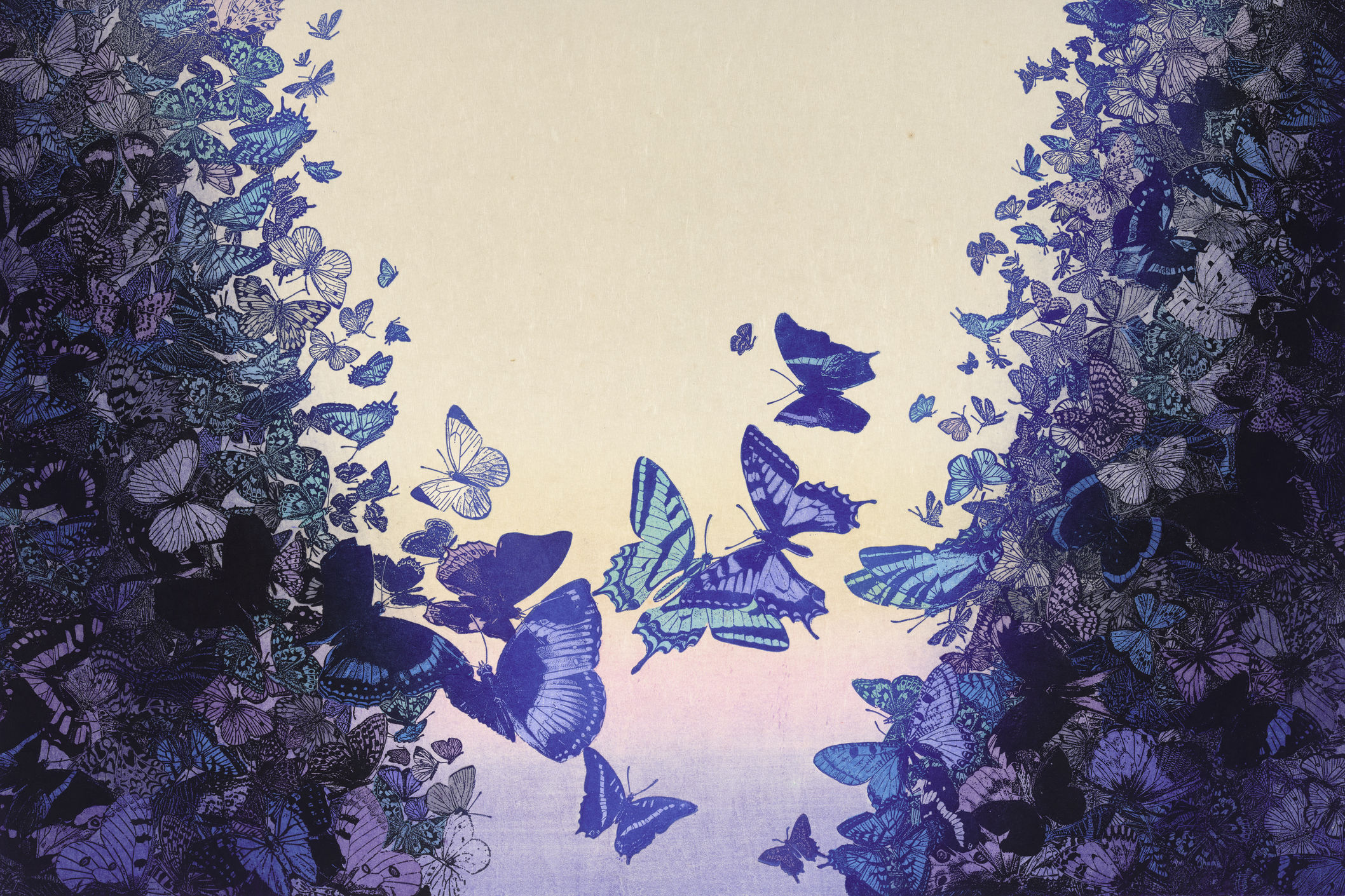Meet the Bosnian Artist Who Watches Over Portland’s Most Valuable Art Trove

Image: Christopher Dibble
Miroslav Lovric spends his days as a security guard at Portland Art Museum. After 15 years on the job, he pretty much knows the galleries by heart. Besides making sure no one touches anything, he occasionally gives directions to specific pieces.
Then he goes home, drinks a cup of coffee with his wife, and reimmerses himself in art: his own.
Lovric, a painter, has shown work at Portland galleries and in New York and Europe. Born in the former Yugoslavia and trained at Sarajevo’s Academy of Fine Art, he fled the turmoil of the Bosnian War.
With a decorous, Balkan-accented inflection, Lovric recalls the thrill of starting his PAM job amid the European collection: the “softness” of Corot’s landscapes, the “solid composition” of the medieval icons, the sensuality of Soutine’s The Little Pastry Chef. “When I saw that painting, I almost had the feeling that I was looking at hot tomato soup,” he says. “You feel temperature from paint and brushstrokes.”
For his own expressionist, semi-abstract paintings, there’s no denying the influence—even if subconscious—of his work environment. “All the pieces I like are going through my mind, and my filter, and going out on my canvas,” he says. Lovric shows me an image of a 2011 painting of his, Chair I. Like that of the medieval icons he admires, the artist’s work has a structured composition, often with a familiar object at center. Here, the titular chair includes only a suggestion of legs.
“It’s insecure,” he observes. “If I’m analyzing, that’s a symbol of my feelings about what happened to me.”
In Bosnia, Lovric worked as an art teacher and belonged to an artists’ union. (He would sometimes volunteer as a security guard at the union’s shows.) After civil war broke out in 1992, the ethnically diverse group of artists was invited to create a collaborative, large-scale painting in Germany. “We wanted to tell people we could live and create together,” Lovric says. “It was a nice try, but”—he shrugs—“evil was stronger.”
The artist, who is ethnically Croatian and was becoming scared and disillusioned as the conflict escalated, traveled to Germany for the exhibition of the painting, then stayed there as a refugee before coming to the US.
Today, Lovric has more security in his life—sometimes a bit too much. Being on your feet for hours at a stretch can be tough, he says, but the museum’s masterworks are a seemingly ever-evolving diversion. “I cannot say, ‘Ah, I know that painting; I don’t want to look at it anymore,’ because those artworks are really alive,” Lovric says. “Even after 15 years, I can always learn something new.”




